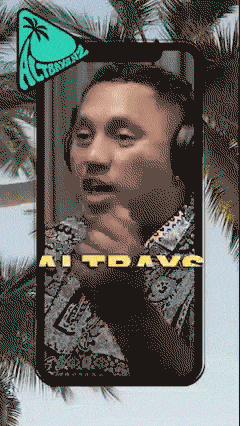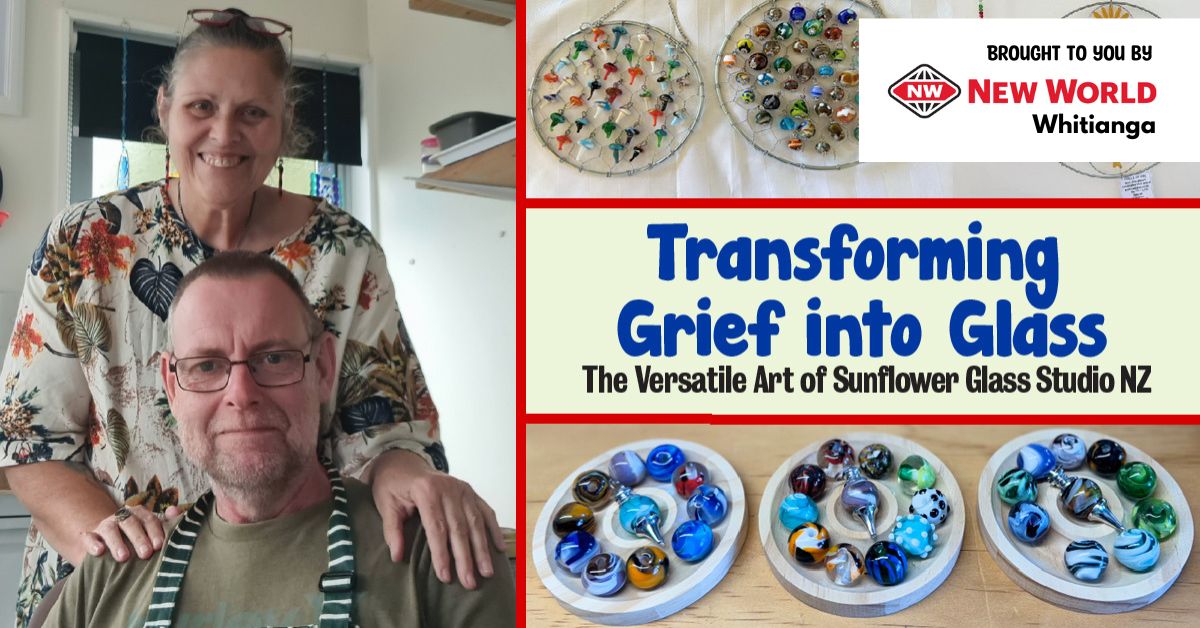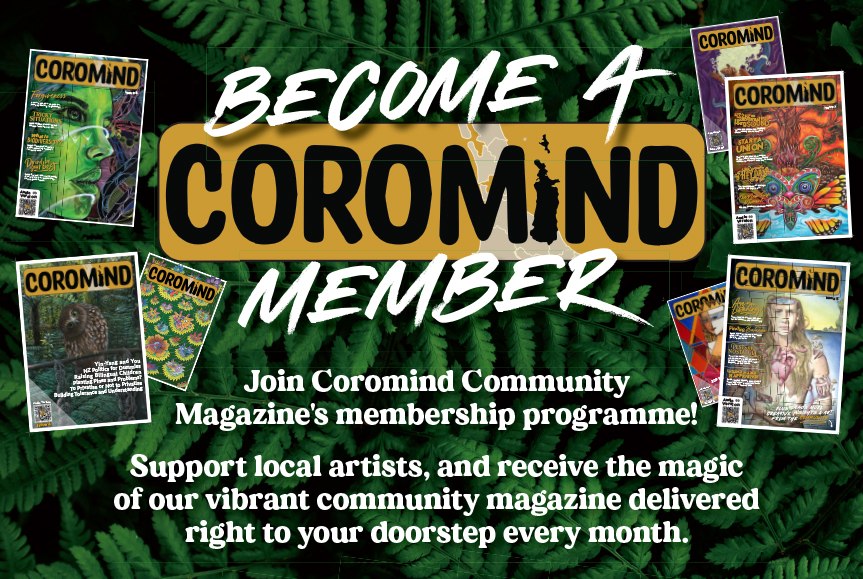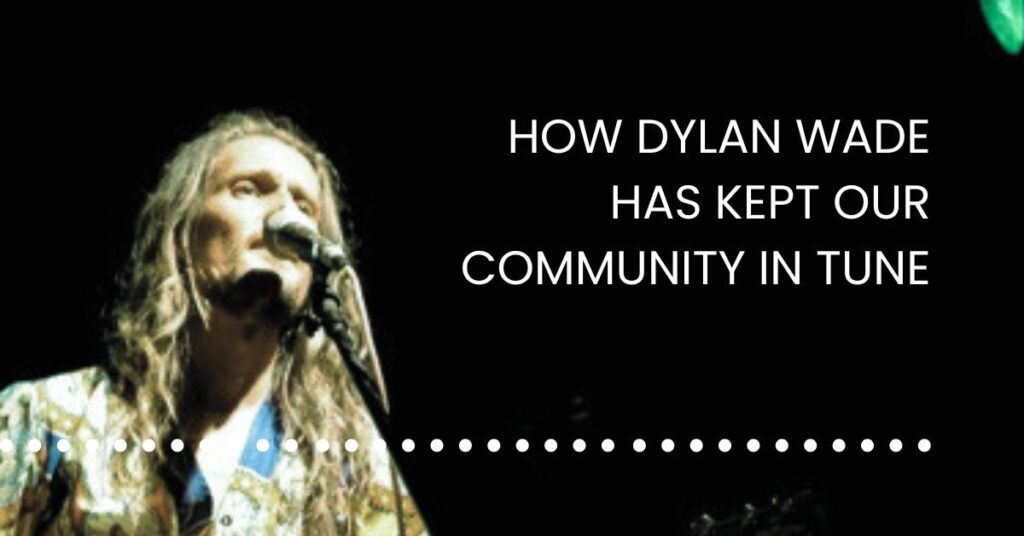
How Dylan Wade has Kept our Community in Tune
If we’re talking pillars of the Coromandel music scene, Dylan Wade Lajunen deserves a mention. Living on the peninsula for 38 years, Dylan has had a long and rewarding career as a singer-songwriter/guitarist, performing/recording artist and music teacher. He has toured and travelled extensively and helped to encourage Coromandel musicians in multiple ways.
Music was ubiquitous for Dylan growing up in the 1970s. His parents were musicians and music lovers who had a band together.
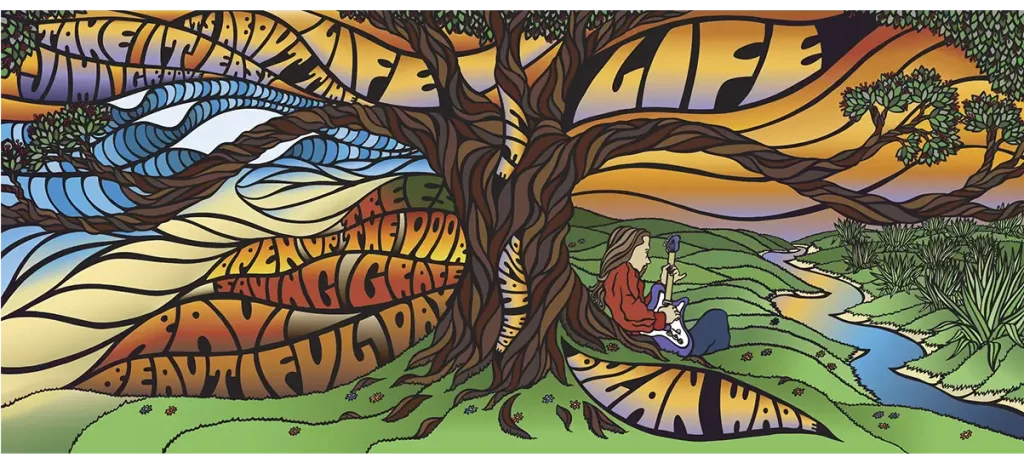
“There’s a picture of me as a baby, maybe six months old. My father, Kai, laid his favourite records in a circle on the floor and put me in the middle. When I was about seven years old, there were times when we had a five-piece band rig set up in our lounge and loud practices happening a lot. Dad and his bandmates built the PA (sound system) because good PAs were rare back then. There was this huge red 1970s style drum kit living there at one stage, and I used to love playing it. And there were always guitars around, as Kai was a guitarist with wide ranging musical tastes.”
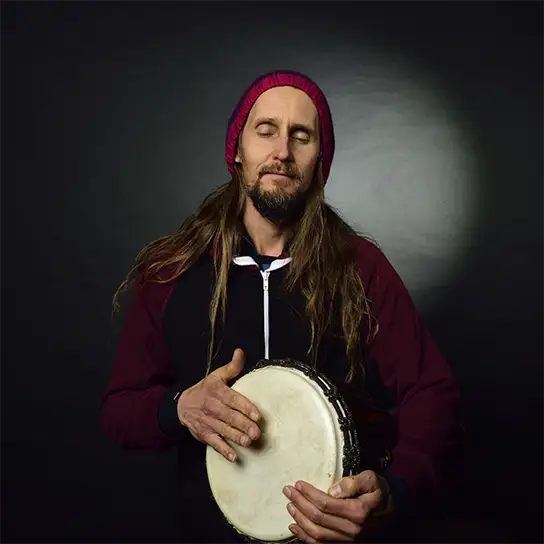
Born in Tokoroa and frequently moving around New Zealand and Australia as a child, Dylan moved to Whitianga in 1987 aged sixteen. He arrived to find a vibrant music scene which inspired him. Over the years he’s lived on the peninsula, he’s seen it grow.
“A lot of the events now are more mainstream than what I was experiencing when I first came. What was happening back then was pretty loose, like big parties, and things were less commercialised, but that didn’t make them less attended or amazing as far as the music went. There’s still not really events based around the musicians and bands on the peninsula. I think it would be great to have an annual event based around real Coromandel music.”
In his 20s, Dylan formed the band Castle Rock, which performed regularly on the peninsula and around New Zealand. He recalls concerts at the Tapuaetahi community in Whenuakite, where the band’s bassist Bruce Peachy lived.
“He built a stage, and we’d do all-night music sessions with multiple bands. They were small, but they were really cool events. We were also playing at festivals, pubs, parties and halls.”
Castle Rock, which played a diverse repertoire of psychedelic rock, funk, blues and reggae influenced originals and covers, toured the South Island four times. They were the only Coromandel act doing this at the time.
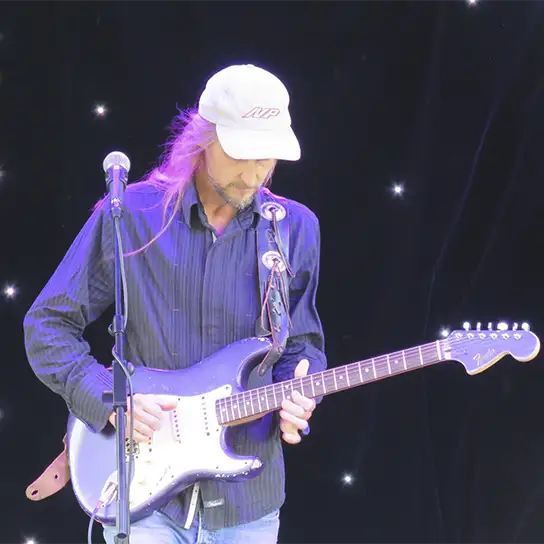
“That first trip was epic for us. My sister Tanja did the big job of travelling around Te Waipounamu promoting, organising and booking the tour in advance. We hired this incredible house truck that was our home for two thirds of the trip. It wasn’t just a tour. It was an expedition and an exploration of that amazing island. There was a lot less happening, particularly in the more remote areas, so audiences were so happy to have us, and they had us back multiple times. We recorded our first album upon our return at the legendary Aerial Railway recording studio in Sandy Bay (north of Coromandel town).”
Dylan started the Whitianga Music Club around this time. The first event of its kind, it was held at PJs, a former venue on Albert street.
“I started the music club to create a regular event in Whitianga that would foster other bands and artists. My friend Sean Fahey printed up some membership cards, which some people still have, I think!”
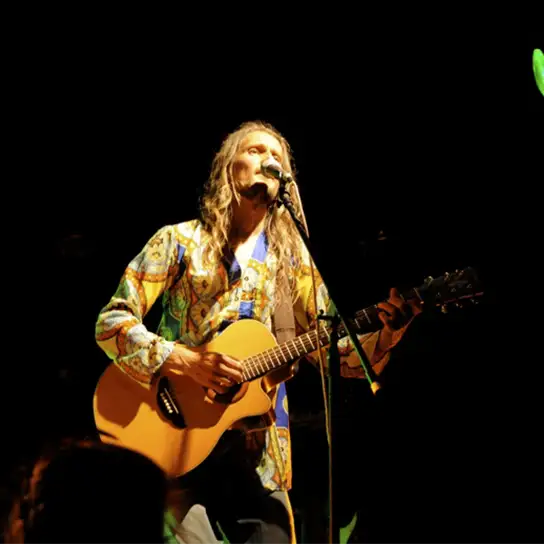
In 1994, Dylan left the country for an extended overseas venture which he says was eye-opening, both musically and in terms of his worldview. He visited 15 countries, notable among them being America, India and Finland, where he has ancestry.
Some key memories include attending the historic Woodstock Two in New York and North Sea Jazz festival in Den Haag near Amsterdam.
“I had my backpack and guitar, and spent a year and a half exploring the world and playing music in all those countries. I learnt so much. I saw so much music and worked my way around the world writing, performing, jamming and busking. Many doors opened for me through music.”
After returning to Whitianga, Dylan toured the South Island again and recorded his first solo album with Whitanga’s own Dave Rhodes. Then he moved south to study at Nelson School of Music. While studying, he formed two bands and recorded two albums. He then embarked on another overseas trip to Australia, America and Japan, this time more focused on gigging.
Dylan began teaching music in the early 2000s. Now, he’s taught at nine schools around the peninsula and plays a key part in fostering the talent of Coromandel youth.
“It’s very rewarding, and it’s a great way of giving back and learning. I saw a sign when I was just starting in Whitianga: ‘The best way to learn is to teach.’ It gave me a lot of confidence. I was not just learning how to teach, but learning how to play better, and learning from my students. Every student is different, and every student brings a lesson to the lesson.”
Currently residing on the Thames coast, Dylan is preparing to release his seventh album. Locals may be familiar with his last album, 2012’s Life, a musically diverse project with a positive, uplifting message. The new collection was recorded at Auckland’s illustrious Roundhead Studios for Dylan’s Masters degree in Music.
“I had to produce a new body of work as part of the degree. It was a great learning experience, and a real treat to go into Roundhead for a few days. There was also some remote recording at Kirehe (near Whitianga), Kūaotunu and around the Thames coast.”
Listen to Dylan’s music here: https://linktr.ee/dylanwademusic
Words by Nur Peach
Coromind: Coromandel’s Collaborative Magazine

Help us take Coromind Magazine to new heights by becoming a member. Click here
Change the Weather for Your Business: Advertise with Us.
Advertise your business in the whole Hauraki Coromandel in the coolest Coromandel Art Magazine, from Waihi Beach/Paeroa /Thames up to the Great Barrier Island.
Advertise Smarter, Not Harder: Get in Touch


